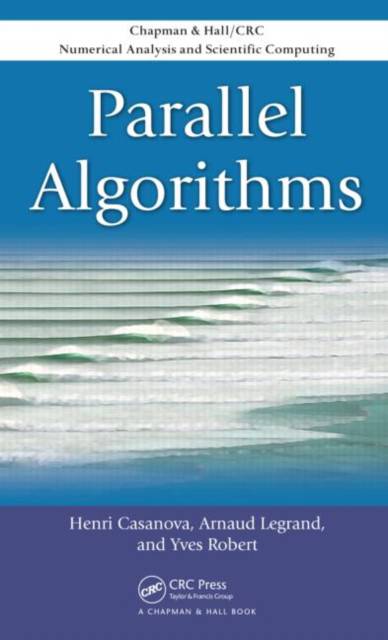
- Retrait gratuit dans votre magasin Club
- 7.000.000 titres dans notre catalogue
- Payer en toute sécurité
- Toujours un magasin près de chez vous
- Retrait gratuit dans votre magasin Club
- 7.000.0000 titres dans notre catalogue
- Payer en toute sécurité
- Toujours un magasin près de chez vous
Description
Focusing on algorithms for distributed-memory parallel architectures, Parallel Algorithms presents a rigorous yet accessible treatment of theoretical models of parallel computation, parallel algorithm design for homogeneous and heterogeneous platforms, complexity and performance analysis, and essential notions of scheduling. The book extracts fundamental ideas and algorithmic principles from the mass of parallel algorithm expertise and practical implementations developed over the last few decades.
In the first section of the text, the authors cover two classical theoretical models of parallel computation (PRAMs and sorting networks), describe network models for topology and performance, and define several classical communication primitives. The next part deals with parallel algorithms on ring and grid logical topologies as well as the issue of load balancing on heterogeneous computing platforms. The final section presents basic results and approaches for common scheduling problems that arise when developing parallel algorithms. It also discusses advanced scheduling topics, such as divisible load scheduling and steady-state scheduling.
With numerous examples and exercises in each chapter, this text encompasses both the theoretical foundations of parallel algorithms and practical parallel algorithm design.
Spécifications
Parties prenantes
- Auteur(s) :
- Editeur:
Contenu
- Nombre de pages :
- 352
- Langue:
- Anglais
- Collection :
Caractéristiques
- EAN:
- 9781584889458
- Date de parution :
- 01-07-08
- Format:
- Livre relié
- Format numérique:
- Genaaid
- Dimensions :
- 163 mm x 236 mm
- Poids :
- 657 g

Les avis
Nous publions uniquement les avis qui respectent les conditions requises. Consultez nos conditions pour les avis.






